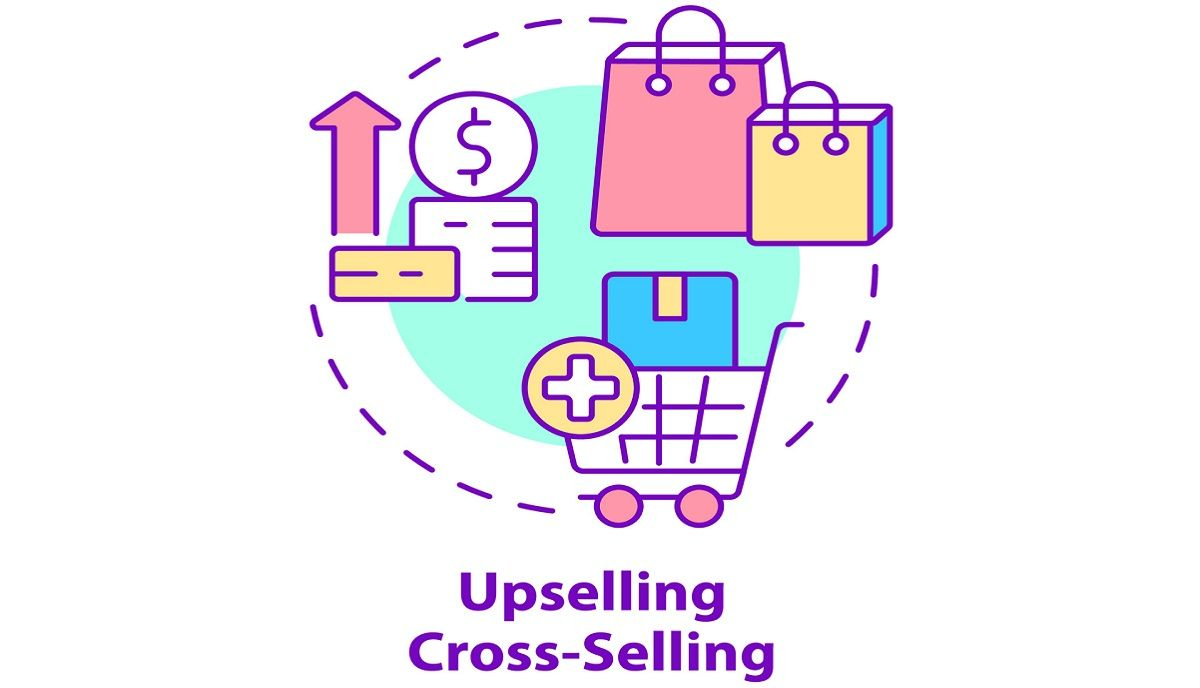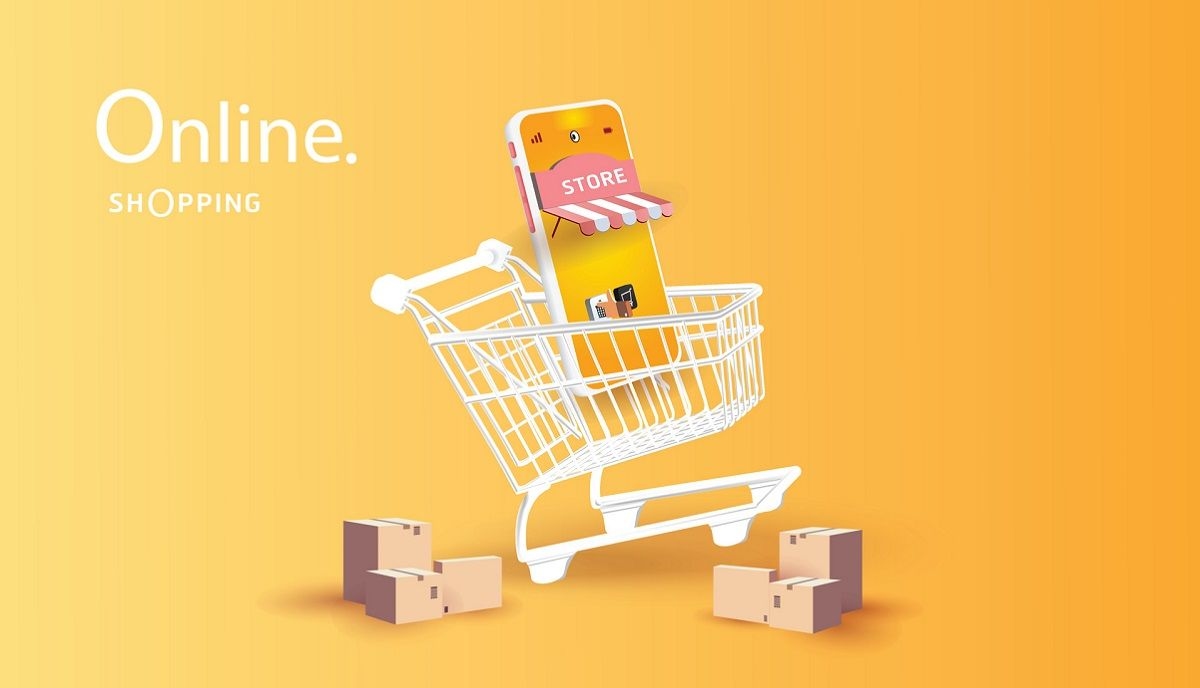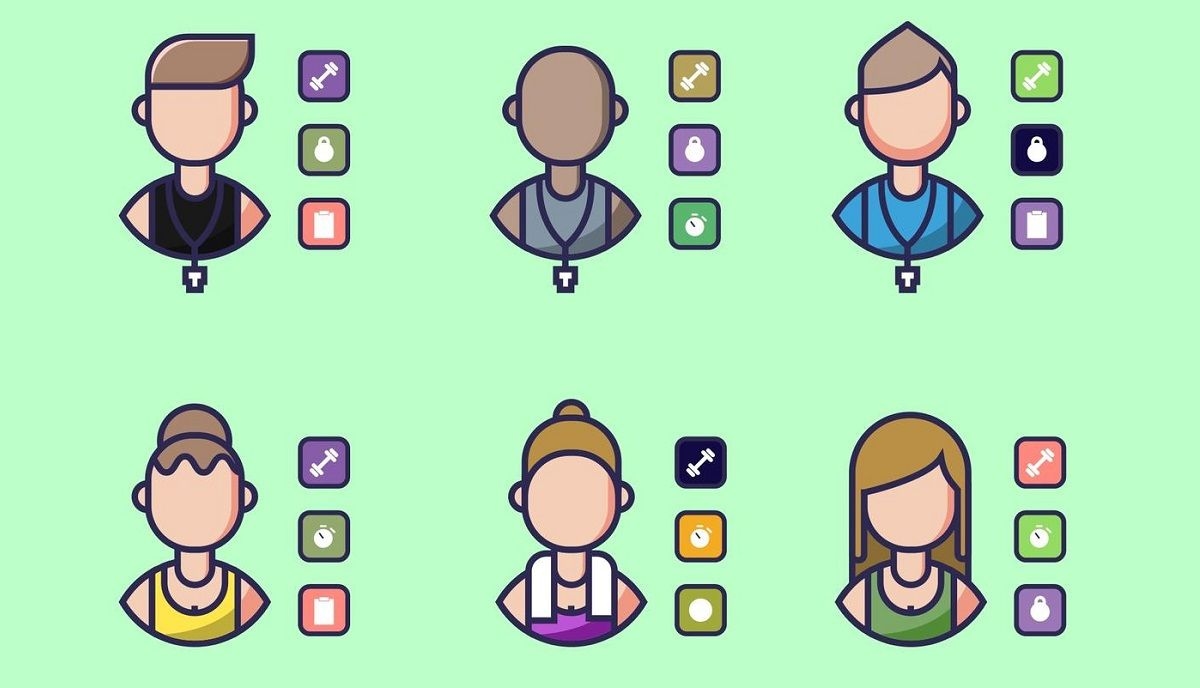Loyalty
The Ultimate Guide to Upselling & Cross Selling: Similarities, Differences & Tips
Technology is a vital part of the lives of many as it provides convenience and access to information when need...


Weekly newsletter
No spam. Just the latest releases and tips, interesting articles, and exclusive interviews in your inbox every week.
Tags
AI and Personalization
Upselling
Cross Selling
Authors
Daniela Andreevska
Daniela has 6 years of experience in digital marketing for ecommerce businesses.
Aws Alnabulsi
Aws is the Co-Founder of Coretava, a complete retail ecommerce growth platform. He has 6+ years of experience in managing and growing ecommerce businesses.
Carlos Guerberoff
Head de Parcerias na Coretava. Especialista em desenvolver e fortalecer relacionamentos estratégicos. Orientado para resultados e apaixonado por construir conexões duradouras.
Henrique Letoldo
Head of Sales na Coretava. Com vasta experiência em liderança de equipes comerciais, busca constantemente impulsionar o crescimento e maximizar resultados. Apaixonado por inovação e estratégias de vendas eficazes.
Aws Alnabulsi
CEO e fundador da Coretava. Visionário e empreendedor apaixonado, lidera a equipe com visão estratégica e inovação, buscando transformar o varejo através de soluções tecnológicas.
Technology is a vital part of the lives of many as it provides convenience and access to information when needed. Advancements in artificial intelligence (AI) have led to business owners opting for ecommerce to target the multitude of customers online. This has resulted in a tight competition among ecommerce businesses offering the same products and services.
It is important to stand out by implementing ecommerce trends like the creation of an optimized ecommerce website and core marketing principles such as the personalization of customer experiences and online advertisements.
Introducing upselling and cross selling marketing techniques into your ecommerce business is a great way to ensure increase in sales and revenue and get ahead of the competition.
In this guide, we will break down the cross selling and upselling definitions, discuss the similarities and differences between the two, and further explore the best upselling and cross selling strategies to increase your ecommerce business customer engagement and revenue.
Table of Contents
- What Is Upselling?
- What Is Cross selling?
- What Is the Difference Between Upselling and Cross Selling?
- What Are the Benefits of Upselling and Cross Selling?
- 10 Cross Selling and Upselling Strategies
- Introducing Upselling and Cross Selling to Your Ecommerce Business in 2023
What Is Upselling?
Image Caption: What is upselling in ecommerce and what are some examples?
Upselling is a marketing technique that encourages the consumer to spend more money by purchasing an upgrade or a premium version of the product or service that they originally intended to buy. When implemented effectively, upselling helps your ecommerce business generate more revenue instantly and increase its customer lifetime value (LTV).
Upselling Examples
The simpler upselling meaning is that your ecommerce business promotes more expensive products and more profitable services or package deals.
Below are a few examples of the upselling sales practice:
- When you are purchasing a smartphone with 64GB storage and get served with a pop up asking if you want to buy the same phone with additional storage at an extra cost.
- In some cases when a passenger purchases an economy ticket, the airline representative could prompt them to upgrade to a first-class seat as part of the airline check-in process.
What Is Cross Selling?
The cross selling meaning refers to any marketing strategy that is designed to sell related products and services that satisfy additional needs that are not fulfilled by the primary product that a customer intends to buy at the time. This marketing technique targets already existing customers whose needs are familiar and prospects who have already demonstrated interest in the products offered. This concept is based on patterns in customer behavior and on the preferences of customer personas as well as the complementary of products and services themselves.
Cross Selling Examples
When properly executed, cross selling is an effective way to boost sales revenue which results in the growth of your ecommerce business.
Here are a few examples of cross selling:
- In the financial services industry, a bank selling a savings product to an already existing client with a mortgage is an example of cross selling.
- Amazon uses this marketing strategy with its “Frequently bought together section”. By recommending a product that can help further resolve a customer’s problem and enhance the experience, Amazon encourages further spending which translates into increased sales.
Upselling and cross selling are similar in a way that both focus on providing the customers with additional value, as opposed to limiting them to the products that they have already encountered.
From the perspective of an ecommerce website, the objective in both cases is to drive sales and increase order value by properly understanding what the customer values and responding with products, services, and corresponding features that truly meet those needs.
When done correctly and efficiently, cross selling and upselling provide a win-win situation for all parties involved.
What Is the Difference Between Upselling and Cross Selling?
Although most business owners confuse the two terms and use them interchangeably very often, it is important to note that these marketing strategies are different.
- Upselling grows the business’ profits and revenue by offering a higher level product to the consumer, while cross selling does the same by suggesting complementary products that the consumer could purchase in addition to the primary product they intended to buy.
- Upselling is designed to increase the actual value of one purchase, whereas cross selling is designed to increase the total number of items a customer purchases as well as the overall value of the sale.
What Are the Benefits of Upselling and Cross Selling?
When companies are looking to have an advantage over their competition, it is vital to turn to effective ecommerce marketing strategies such as upselling and cross selling to maximize sales and increase revenue.
Upselling Benefits
Research by Invesp shows that existing customers are much more likely to try new products and services than new ones. This is partly what makes upselling so valuable, since it allows you to take customers who are likely about to convert and sell to them upgraded versions of the encountered products or services. Here are some of the benefits of upselling:
- Upselling is much easier than getting new customers. Studies quoted by SmallBizGenius report that the probability of selling to existing customers is 60-70%, while the probability of selling to new customers is 5-20%. This simple and cheaper optimization of sales to an already existing customer is a win for ecommerce businesses aiming to accelerate their growth.
- Upselling results in increased customer lifetime value (CLV). By upselling, you can increase customer lifetime value, which is the total money a customer spends on your products and services during the duration of their relationship with your ecommerce business. Higher CLV means each customer generates more revenue for your business.
- Upselling increases revenue. Upselling can potentially grow your company’s revenue through the sale of higher priced products. Research highlighted in Forbes shows that 80% of your company’s profit comes from selling to 20% of your existing customers.
Cross Selling Benefits
When it works, cross selling can be greatly beneficial to both your ecommerce business and your customer. This marketing tactic of suggesting to customers to purchase products that complement their primary product can increase sales and improve customer satisfaction as seen below:
- Cross selling increases revenue. According to research quoted by Harvard Business Review, acquiring a new customer is significantly more expensive than retaining an existing one. In the past few years alone, customer acquisition costs have risen up to 50%, according to Twilio Segment. Being able to generate more revenue without having to acquire new customers and increase marketing spending is a great opportunity for ecommerce businesses.
- Cross selling boosts customer lifetime value. Boosting customer lifetime values is one of the ways that cross selling can improve your company’s revenue and overall growth. When a company effectively cross sells, they secure a higher sale from the customer, which translates into more revenue for the business. The importance of CLV goes beyond profitability, since this metric can be used to signify the strength of your customer relationships and identify high spenders.
- Cross selling creates a more personalized customer journey. Effective cross selling is a clear demonstration of how well you know your customers. Personalized cross selling for ecommerce businesses may look like recommending products based on a user’s browsing or purchasing history. In a Twilio Segment annual report researching the impact personalization had on businesses’ return on investments, 80% of businesses said personalization could increase customer spending by 34% on average. Meanwhile, 62% of consumers said the lack of ecommerce personalization would send them to a competitor.
10 Cross Selling and Upselling Strategies
Having seen that cross selling and upselling are greatly beneficial for increase in your ecommerce business revenue and overall growth, it is important to ensure that you are correctly implementing these marketing techniques.
5 Upselling Strategies and Techniques
Knowing that upselling is by far one of the greatest ways to boost the sales of your ecommerce business, there are several ways your company can use upselling techniques to increase the average order value and grow your business.
Upselling can be achieved by following these steps:
Use First-Party Data to Identify Customers’ Needs and Interests
First-party data refers to the data you collect from customers’ direct interactions with your business. By analyzing customer behavior, you can learn about their needs and interests which assists in the personalization of each interaction. A needs-based upselling technique highlights something you know a customer will find relevant.
Maintain a Maximum Price Margin
One of the most important things to know about upselling is the need to maintain a price margin for the maximum amount that you are going to upsell to a customer. Ideally, your price margin should not be more than 50% of the customer’s original purchase. In addition, don't go for the highest margin all the time. It is important to maintain relevance when upselling instead of just looking to maximize profits.
Make Upsells as Easy as Possible
It should be very easy for your customers to add upsold products and services to their cart. Upselling should be done in just one click, and the customer should be able to check out on the very next page. The aim is to make the upsell as simple as possible so that the customer does not have to think twice. It is also imperative to offer simple, transparent, and complete information about the offer to the customer.
Offer Convincingly Bundled Products or Services
One of the most effective upselling techniques is to offer the customer package deals instead of upselling an upgrade on another product, and while the customer is getting a good deal, you are making a bigger sale. The key element here is to customize convincing, strategic bundles to meet the clients’ needs.
Utilize Multiple Channels
With the growing use of omnichannel messaging platforms, it is best to utilize multiple channels to reach customers. The point of omnichannel communication is not to reach customers in as many ways as possible, but to engage them on their preferred channel.
5 Cross Selling Strategies and Techniques
Having explored the benefits of implementing cross selling strategies to your ecommerce business, the next step is identifying how to properly execute cross selling.
Here are some cross selling techniques to aid the process:
Track Customer Purchasing Behavior
Cross selling techniques are more likely to convert customers when they are based on products that they already bought or showed an interest in. Analyzing your customers’ preferences and previous purchases helps you make offers and recommendations that match that interest.
Identify the Best Products for Cross Selling Promotions
Once you have understood the full scope of your customers’ buying behavior through tracking their purchasing patterns across all channels, it is easier to identify the best products fitting the customers' preferences for cross selling promotions. The best cross sell offers are no-brainers for customers.
Price Your Product Appropriately
In order to cross sell and keep your conversion rates high, it is important that you price your products appropriately. A lower price reduces the risk of the customer backing out of the cross sell being offered. Ideally, when designing a cross sell, choose a complementary item that is below 50% of the price of the initial product.
Use Auto-Triggered Messages for Perfect Pitch Timing
The best time to offer complementary products is after the customer has clearly indicated that they want to make a purchase, which could be adding an item to their cart. Once you have identified the best cross selling opportunity, set up auto-triggered messages to gently nudge the customer to further engage with your brand.
Make Offers Available for a Limited Time
By making your offers limited, you create a sense of urgency that incentivizes your customers so that they do not miss out. An example of a limited cross selling offer is a temporary discount offered on the additional product or services being cross sold.
Use the Coretava Tools
Coretava is the solution you need to provide the tools relevant to your ecommerce business' efforts to implement upselling and cross selling. These include Core Marketing, Core Personalization, Core Omnichannel, and Core Loyalty, all aimed at increasing your customer retention rates and your revenue.
Reach out to our experts to learn more about what we can do for you.
Introducing Upselling and Cross Selling to Your Ecommerce Business in 2023
Cross selling and upselling are techniques that are essential to boosting the customer loyalty and revenue of your ecommerce business. Through offering higher value products and complementary products to your already existing customers, your ecommerce business will experience an increase in profit margins, improved customer retention, and enhancement in your brand’s reputation.
If you need some help in getting started with ecommerce upselling and cross selling, check out Coretava.
Related Posts

Ready to Transform Your Retail Strategy?
Get a personalized consultation with our retail AI experts
Resources
Contact Us
+1 (415) 830-3900
info@coretava.com
Location
San Francisco, California


